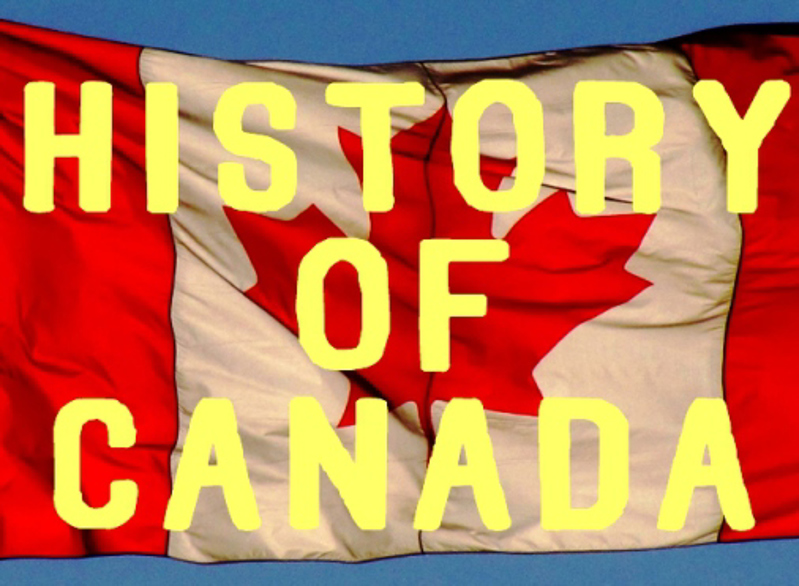My Capstone Vacation
People: Population made largely up of old-world immigrants and their descendants. Many of these people coming from France and England, some from America. They are bicultural, from France and Britain.
Geography: Second largest country, 3.9 million square miles. Canada is divided into 10 provinces and 2 territories. Canada stretches from the Pacific Ocean on the west, to the Atlantic Ocean on the east. Northern Canada reaches into the Arctic Circle, while southern Canada stretches below the northern points of the United States. Much of Canada is still wilderness, covered by forests. The
About Canada
Statistics
People: Population made largely up of old-world immigrants and their descendants. Many of these people coming from France and England, some from America. They are bicultural, from France and Britain.
Geography: Second largest country, 3.9 million square miles. Canada is divided into 10 provinces and 2 territories. Canada stretches from the Pacific Ocean on the west, to the Atlantic Ocean on the east. Northern Canada reaches into the Arctic Circle, while southern Canada stretches below the northern points of the United States. Much of Canada is still wilderness, covered by forests. The
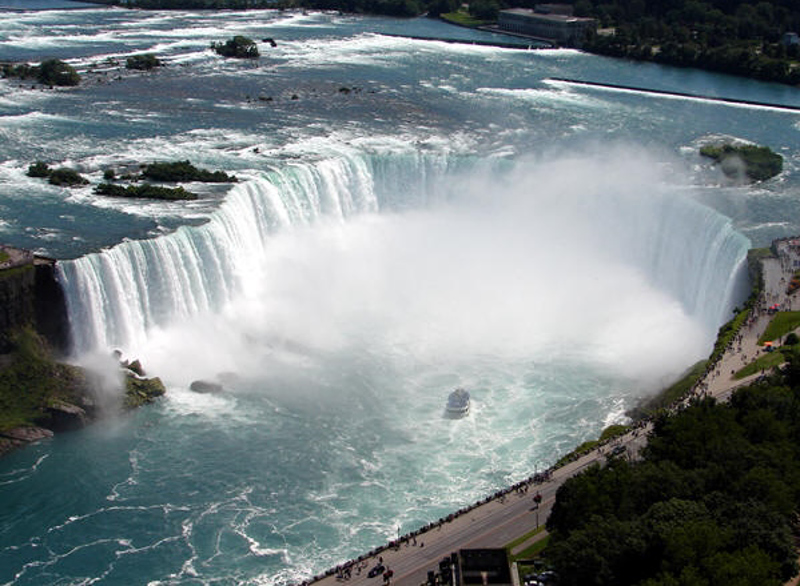
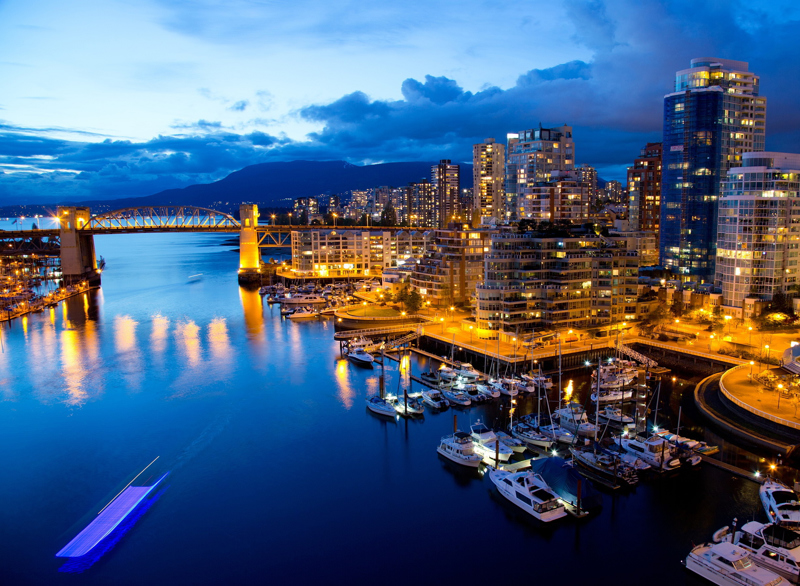
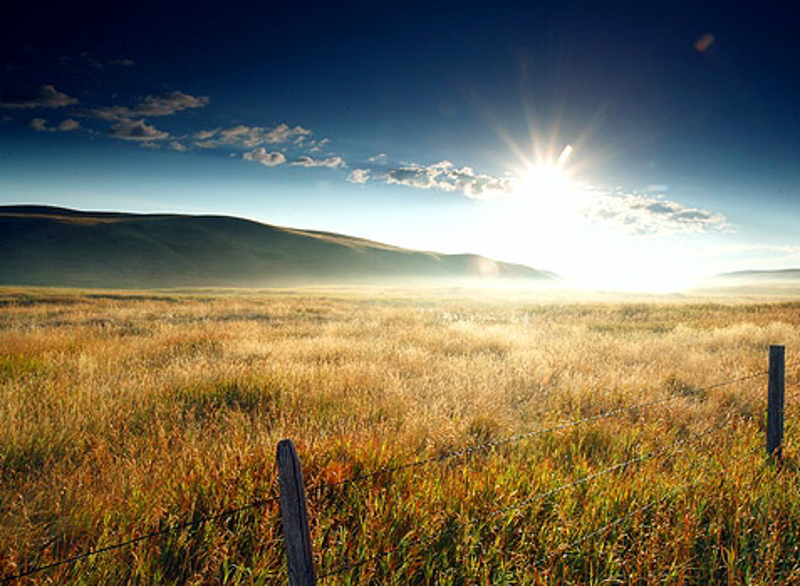
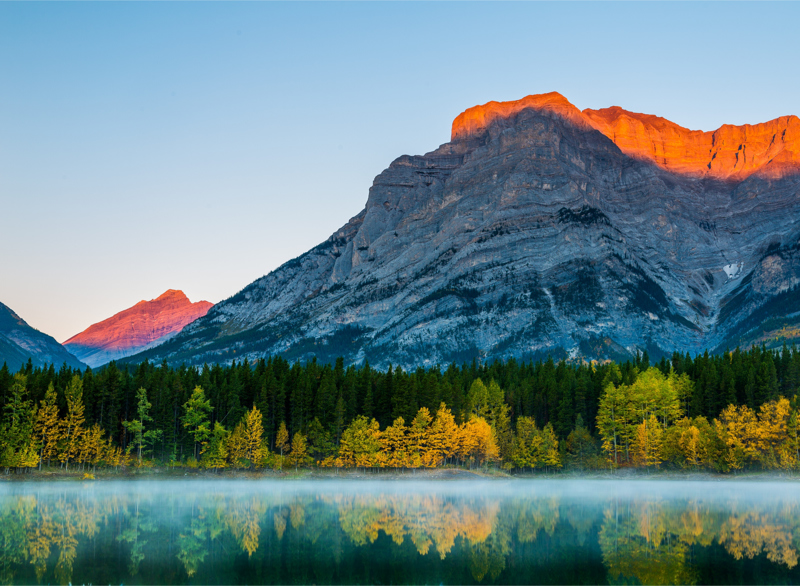
Rocky Mountains cover a major part of western Canada -- British Columbia, the Yukon Territory, and the western part of Alberta. West-central Canada is mostly prairie, consisting of large grain farms. Niagara Falls is one of Canada's best known tourist attractions. It is the largest falls in the world, measured in volume of water.
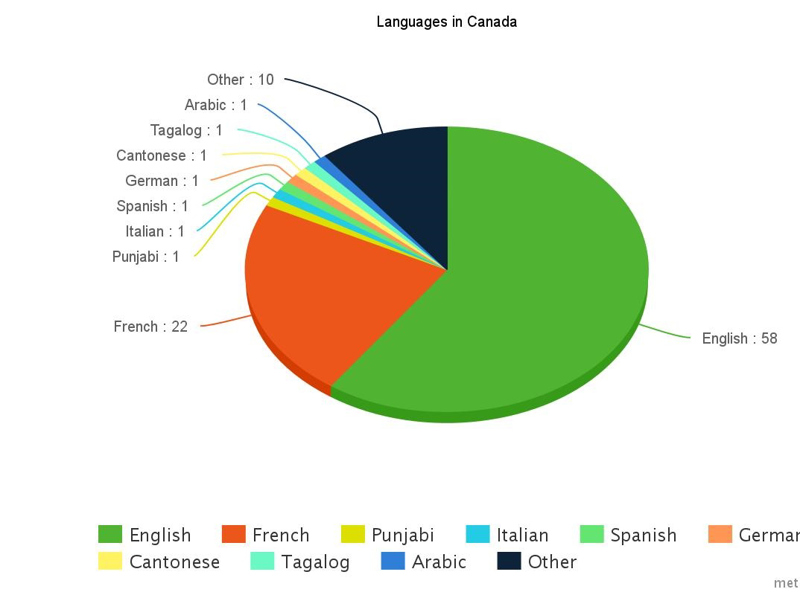
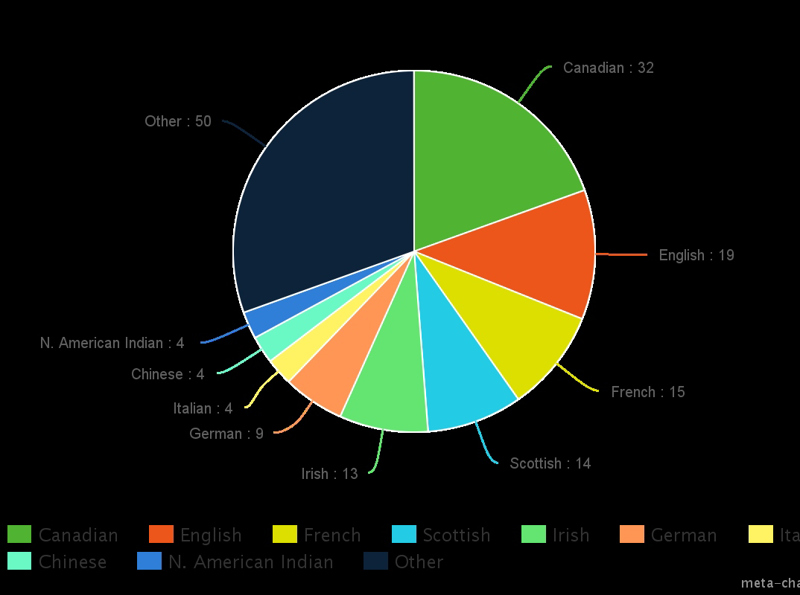
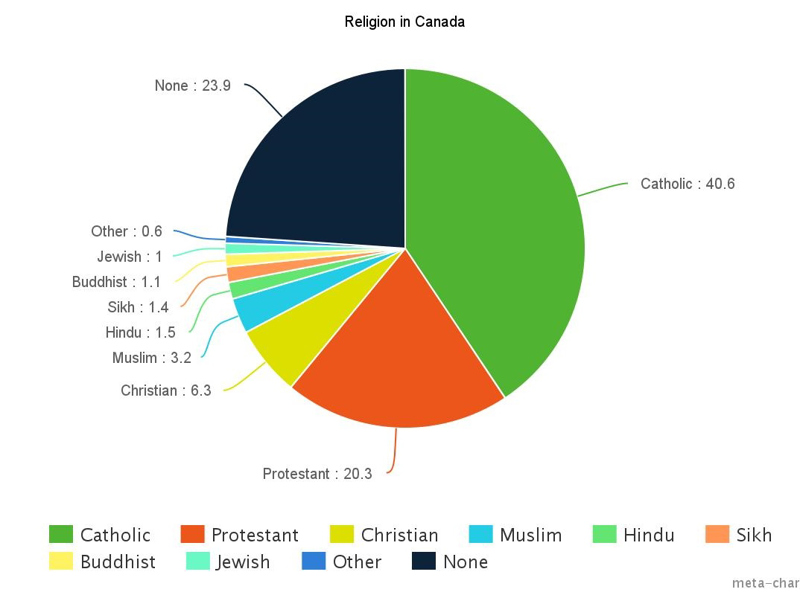
From 30,000 to 15,000 B.C the first people arrived in the area. In 1497 explorer John Cabot sails to Canada's east coast and claims it for England. In 1534 explorer Jacques Cartier claims the area now known as Quebec for France. He uses the Huron-Iroquois word for village or community, "kanata," to describe it. In 1763 the Treaty of Paris ends seven years of fighting between France and England. France gives its Canadian settlements to England. In 1867 Colonies now known as Nova Scotia, New Brunswick, Ontario and Quebec join to create the Dominion of Canada. Its government is similar to Britain's and includes a governor-general, who represents Britain's royalty. In 1965 Canada flies the red and white maple leaf flag for the first time. In 1969 English and French become Canada's official languages. In 1982 The Charter of Rights and Freedoms becomes the law of the land. It outlines rights for all Canadians. In 1994 Canada, Mexico and the U.S. sign the North American Free Trade Agreement (NAFTA). Under the treaty, certain goods traded between the countries are tax-free. Lastly, in 1999, Nunavut becomes a self-governing Inuit territory. It is the first territory to have a majority native population.
Current Issues: One issue in Canada is about climate. People are concerned that Canadian politicians are not doing anything to prevent global climate change.
